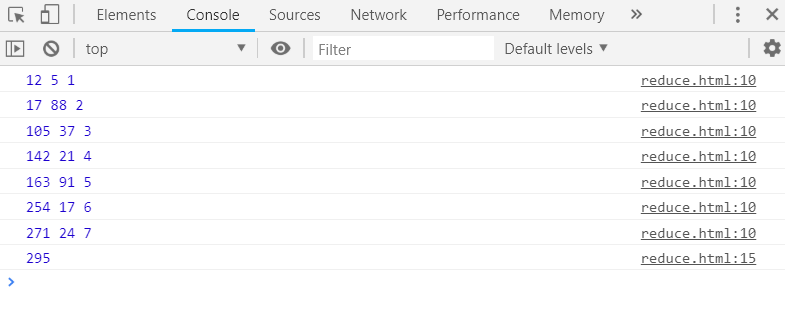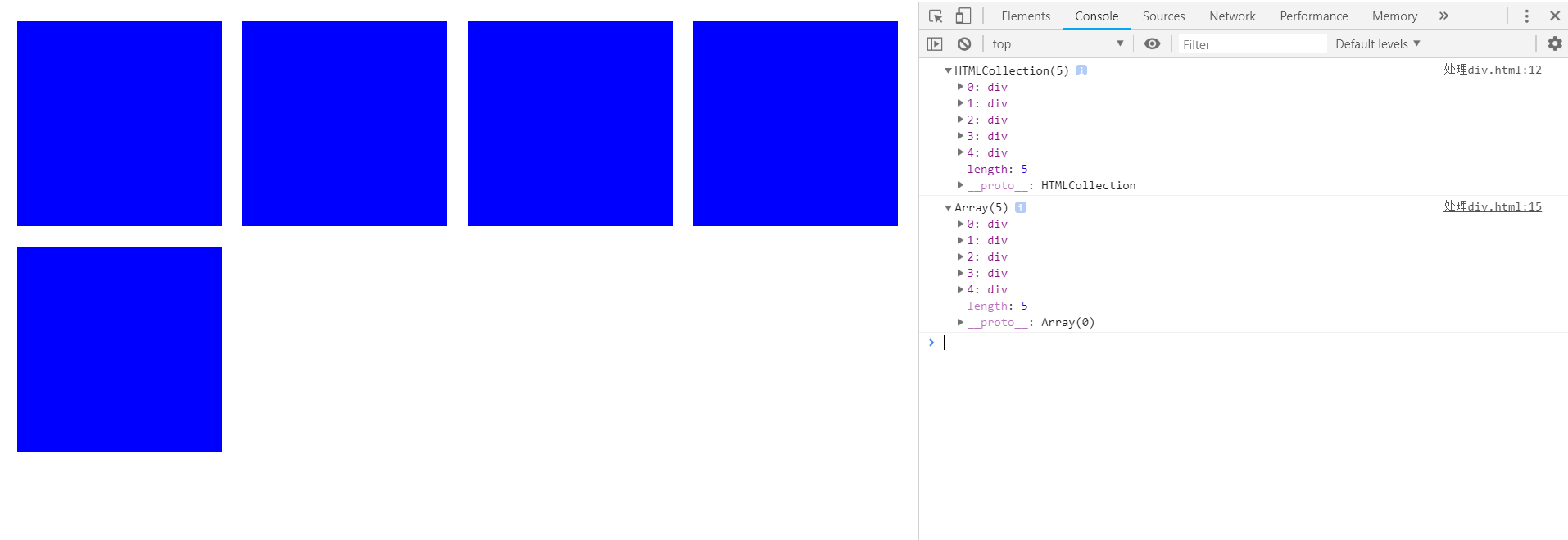1、js面向对象
1)传统的面向对象
1 |
|
继承
1 |
|
2)js标准的面向对象
1 |
|
标准的继承方式
1 |
|
2、箭头函数this
普通函数:根据调用我的人 this老变
箭头函数:根据所在的环境 this恒定
bind——给函数定死一个this
例1:
1 |
|
输出

例2:
1 |
|
输出
.png)
例3:
箭头函数所处的环境是document,尽管通过bind绑定死了12,但还是输出document,说明箭头函数的this优先级高于bind方式绑定的this
1 |
|
输出
.png)
3、数组常用方法
1)map 映射
1 |
|
改进1
map参数:回调函数使用箭头函数书写方式
1 |
|
改进2
如果有且仅有1个参数,()可以省
1 |
|
改进3
如果函数体只有一句话,而且是return,{}可以省
1 |
|
2)filter过滤
1 |
|
3)forEach 遍历
求和
1 |
|
4)reduce 汇总
参数
tmp:中间结果
item:元素项
index:元素索引
求和
1 |
|
输出

求平均
1 |
|
5)from
将类数组转换成数组
1 |
|
输出


